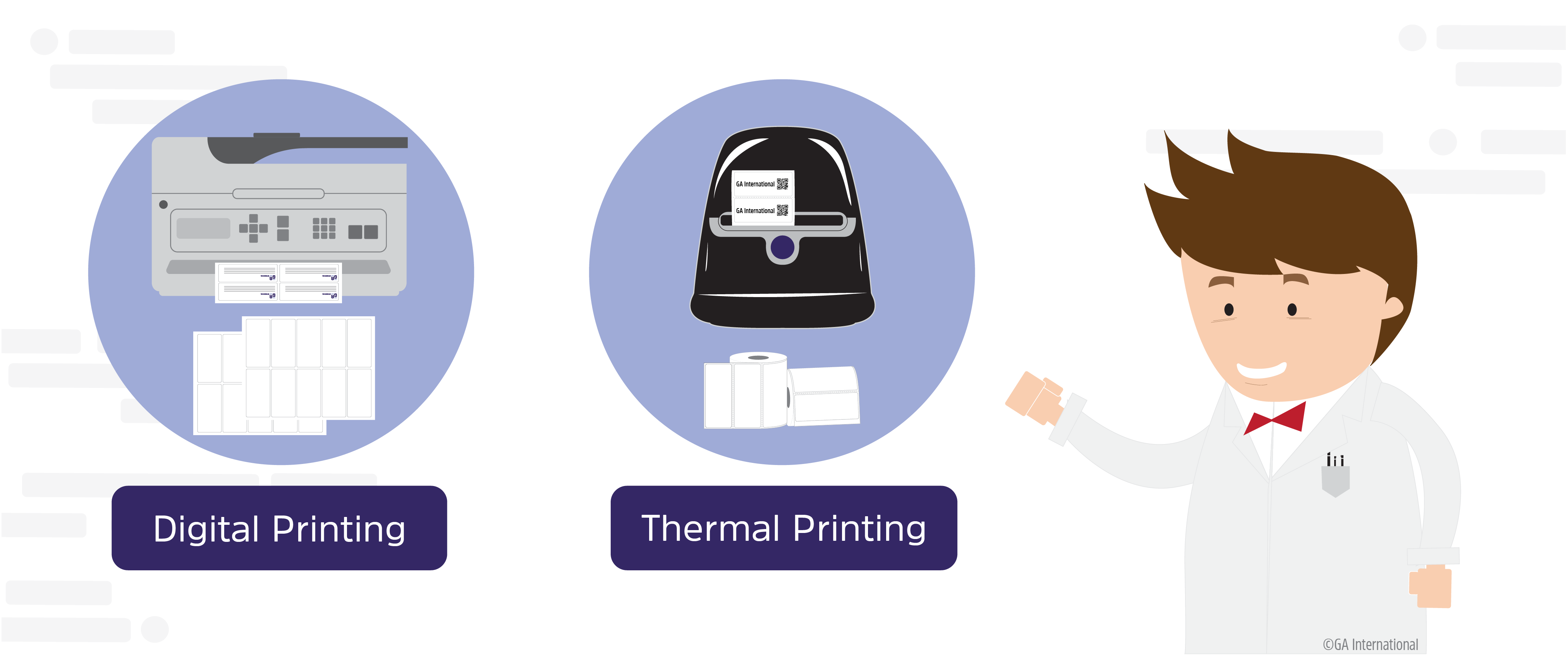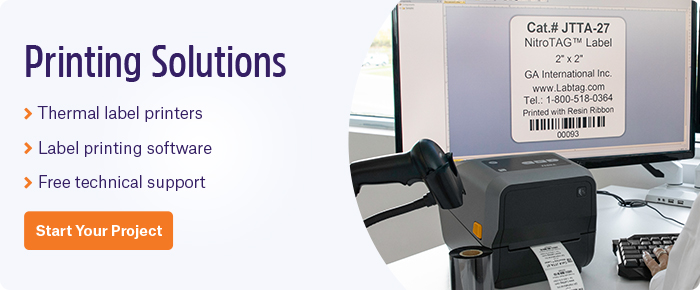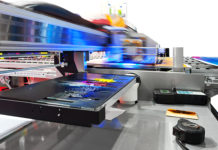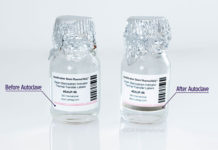 When choosing the label printing solution that’s right for your application, it is important to take into consideration what printing method you will be using. The choice of a printer can greatly affect the durability of your labels, as well as the type of applications they can be used in. There are several label printing technologies available to choose from, each with their own benefits and drawbacks.
When choosing the label printing solution that’s right for your application, it is important to take into consideration what printing method you will be using. The choice of a printer can greatly affect the durability of your labels, as well as the type of applications they can be used in. There are several label printing technologies available to choose from, each with their own benefits and drawbacks.
Digital Printing
Digital printers include traditional laser and inkjet printers. Digital printers are commonly found in most labs and workspaces making them a fast and inexpensive option to start printing labels. You can use Microsoft Word templates to format your data or add style with color graphics and logos. You can print an entire sheet of labels at once or print a few and save the rest for later. However, making multiple passes of the same sheet through the printer is not recommended as you might run into a paper jam. If you do choose a digital label printer, consider these facts about laser vs inkjet.
Inkjet Printer
-
Inkjet printers can produce photo-quality graphics, logos, and images.
-
Their printout can withstand chemical sprays, in particular alcohol sprays. And depending on the label material, they have the potential to resist direct chemical exposure.
- Inkjet printers use a cartridge system of liquid inks that can be relatively expensive in the long-run and are prone to smearing and smudging.
Laser Printer
- Laser printers produce a smudge and water-resistant printout.
- They can work with multiple materials, providing more label options, and greater versatility.
- Laser printers deliver durable printouts that are well-suited for long-term use and won’t fade when exposed to UV light.
- Labels printed with laser printers are not recommended for chemical exposure, either spraying or swabbing.
Thermal Printing
Thermal printers – including thermal transfer and direct thermal – use heat and pressure to produce a sharp high-quality printout. Instead of sheets, thermal printers use rolls of labels as a media, making them equally effective when printing one label or hundreds of labels at a time. Thermal label printers can only print in one color – often black – making them ill-suited for graphics. Where these printers shine is when printing serialized information, including alphanumeric text, 1D & 2D barcodes. Direct thermal printers, which include the popular DYMO printers, must be used with direct thermal paper which is coated with a layer of heat-activated ink that blackens when in contact with the print-head. Conversely, thermal transfer printers from popular brands like Zebra and cab, use ink ribbons made of wax, resin, or a blend of wax and resin to print on labels. The two thermal technologies each have their respective advantages.
Direct Thermal
- Direct thermal labels are perfect for general use or for cryogenic sample storage and identification with barcodes and serial numbers.
- The total cost of ownership of a direct thermal printing solution is lower than that of any other printing option, as it does not require additional inks, toners, or ribbons.
- The printout of direct thermal printers is sensitive to UV light, intense heat, and chemical exposure. This can cause the printout to fade over time or blacken with heat or contact with alcohols and solvents.
Thermal-Transfer
- Thermal transfer printers provide clear, sharp printouts, that are ideal for printing small labels, in addition to serialized information such as barcodes.
- These printers use lower heat settings than most other variable label printing technologies. This allows for the widest choice of facestock & adhesive options including paper, plastic, polyester, etc.
- The variety in label materials and adhesives allows for thermal transfer labels to offer more solutions for tough label applications, including chemical resistance, extreme cold, and hot temperatures, outdoor exposure, and much more.
So, which label printer is right for your lab? If you require color, graphics, or logos on your labels, digital printers would likely prove to be the better option. In which case, laser printers would provide long-term durability, with inkjet printers delivering higher-quality graphics. On the other hand, thermal printers are the superior choice for printing serialized information, including alphanumeric text, 1D and 2D barcodes, whether your printing 1 label or hundreds. In the case where cost is your primary concern, direct thermal printers offer a viable cost-effective option, as long as your labels will not be exposed to any harsh conditions. However, if you require your labels to stand-up to any type of extreme treatment, from chemical exposure to environmental factors, thermal-transfer will provide the robust labels you need. Moreover, their versatility and durability make thermal transfer labels the ideal choice for use in inventory management, asset tracking, long-term identification, and more.
You are now ready to take the next step in your label printing journey. Download our guide that will help you choose which brand and model of thermal printer is right for you.
LabTAG by GA International is a leading manufacturer of high-performance specialty labels and a supplier of identification solutions used in research and medical labs as well as healthcare institutions.




